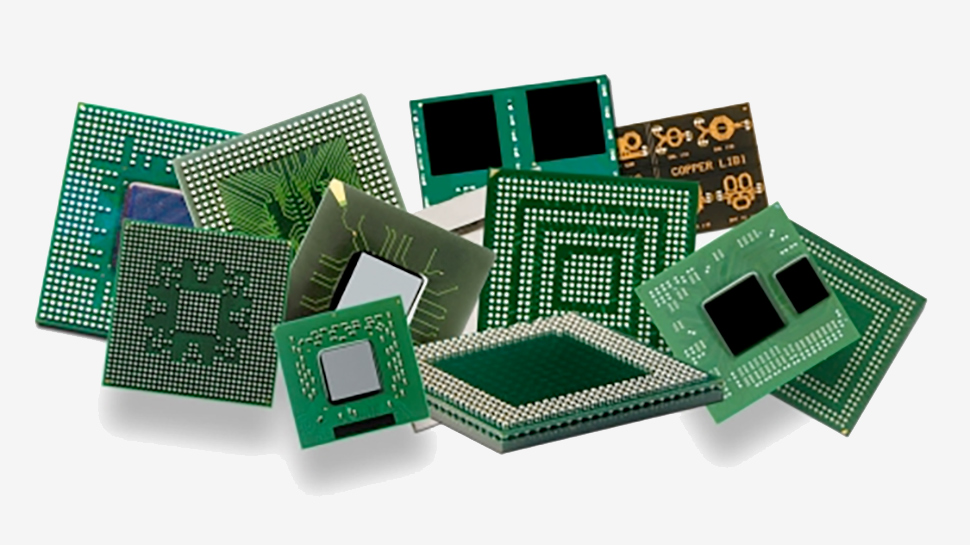Sourced from Twitter; The day has finally come where higher core count six-core and eight-core CPUs are ready to overtake aging dual-core and quad-core solutions in market share. Thanks to Steam’s hardware survey, we are able to get precise details on how popular both AMD and Intel’s hexacore and octa-core processors have become over the past several years.
This huge uptick in six and eight-core popularity is in part thanks to AMD’s strategy of bringing as many cores as possible to both desktop and mobile platforms over the past few years with the Zen architecture, with Intel following suit.
As of this moment, Steam’s chart reveals that quad cores are still in the lead, by roughly 10%. However, since the end of 2017, the popularity of six-core processors has been growing consistently, by a whopping 10% of market share per year. Easily surpassing dual-core popularity in mid-2019.
It makes a lot of sense. Over the past few years in the desktop market; AMD and Intel’s six-core processors have become some of the best CPUs on the market, with excellent price-to-performance ratios and excellent gaming performance.
In fact, the gaming performance of modern six-core chips like AMD’s Ryzen 5 5600X and Intel’s Core i5-10600K is so good that each chip is just a couple of percentage points lower than both Intel and AMD’s flagship 10 core and 16 core parts.
Plus, the recent rise of mobile hexa-core CPUs from both AMD and Intel have boosted 6-core adoption rates significantly, as laptops have a much larger market share overall compared to desktops.
At this rate, hexa-core and quad-core processors should attain equal market share by the end of this year, with hexa-core CPUs continuing to gain popularity well into 2022.
8 Core Popularity
Regarding the market performance of octo-core CPUs, the popularity is definitely lower than six-core parts. However, they are still on a consistent uptrend that is very aggressive.
As of right now, 8-core chips are neck and neck with dual-core CPUs in popularity, and should surpass dual-core market share very soon. However, octo-core chips are still well away from competing against quad-core CPUs, which still maintain the lead in market share.
The popularity of 8-core chips skyrocketed in late 2018, which coincides with Coffee
Lake Refresh, which is where we saw Intel’s first-ever mainstream 8 core CPU arrive on the scene, the Core i9-9900K.
Plus, at this time AMD was also releasing a new eight-core chip, the Ryzen 7 2700X. This was built on the new (at the time) Zen+ architecture.
In 2018, the mobile market also saw a major change as well, with Intel pushing out mobile 8 core chips for the first time in history. With AMD following suit less than a year later.
From late 2018 to 2020, octo-core chips gained about 5-6% of market share in Steam’s hardware survey. But during 2020-2021, that changed from 5-6% to almost 15%.
Be aware that these results are for all types of CPUs, including both desktop and mobile chips. While us DIY PC builders like to think we own the show, in terms of market share, we really don’t. In fact, it’s a small margin at best.
In fact, about 46% of the total market share belongs to desktops, and this includes both OEM and DIY markets. Around 50% of traffic belongs to laptops.
Are We Headed Towards A Six-Core vs. Eight-Core Popularity Contest?
Overall, it’s good to see quad cores and dual cores dying out, as their capabilities have become less and less useful in a world pushing towards more and more multi-threaded workloads.
Now, it remains to be seen whether six-core market share and eight-core market share will start competing against each other. Not to mention additional competitors like 10, 12, and 16 core processors, which will undoubtedly gain mainstream popularity at some point in the future.
